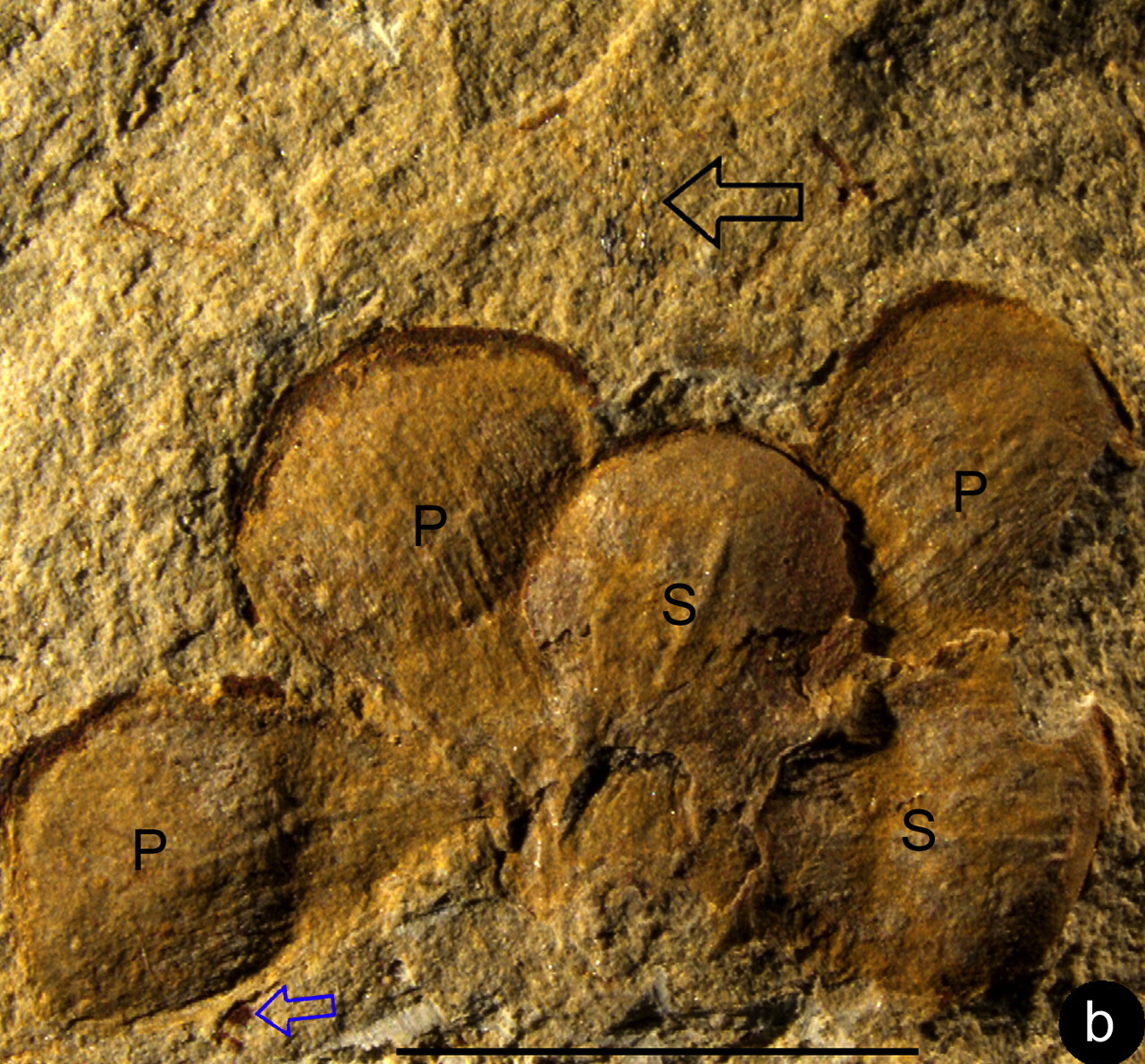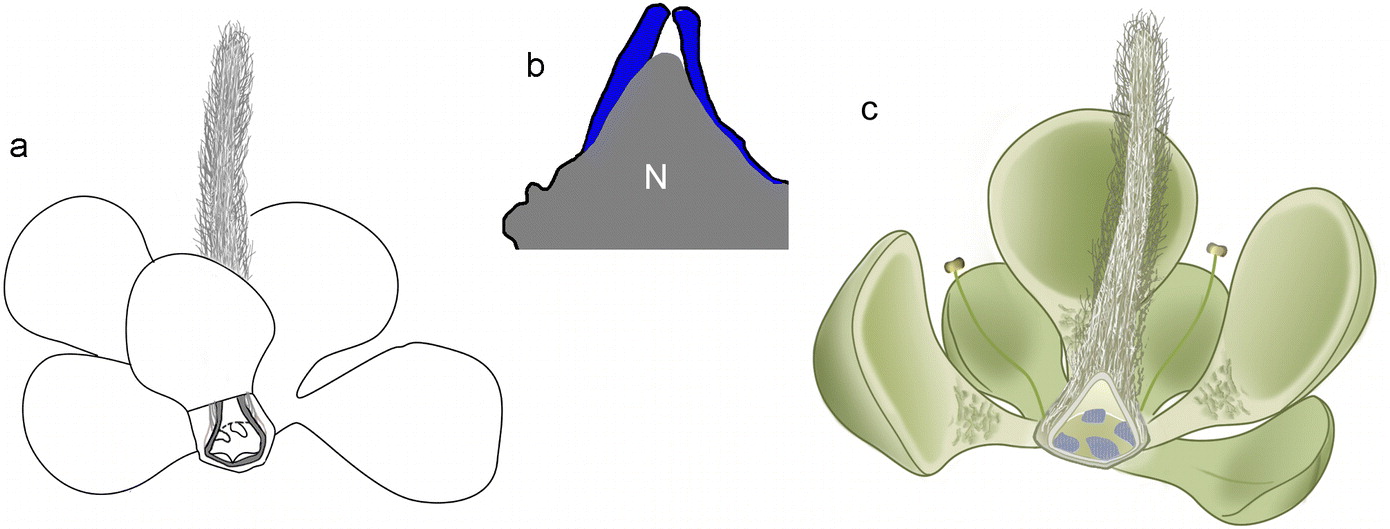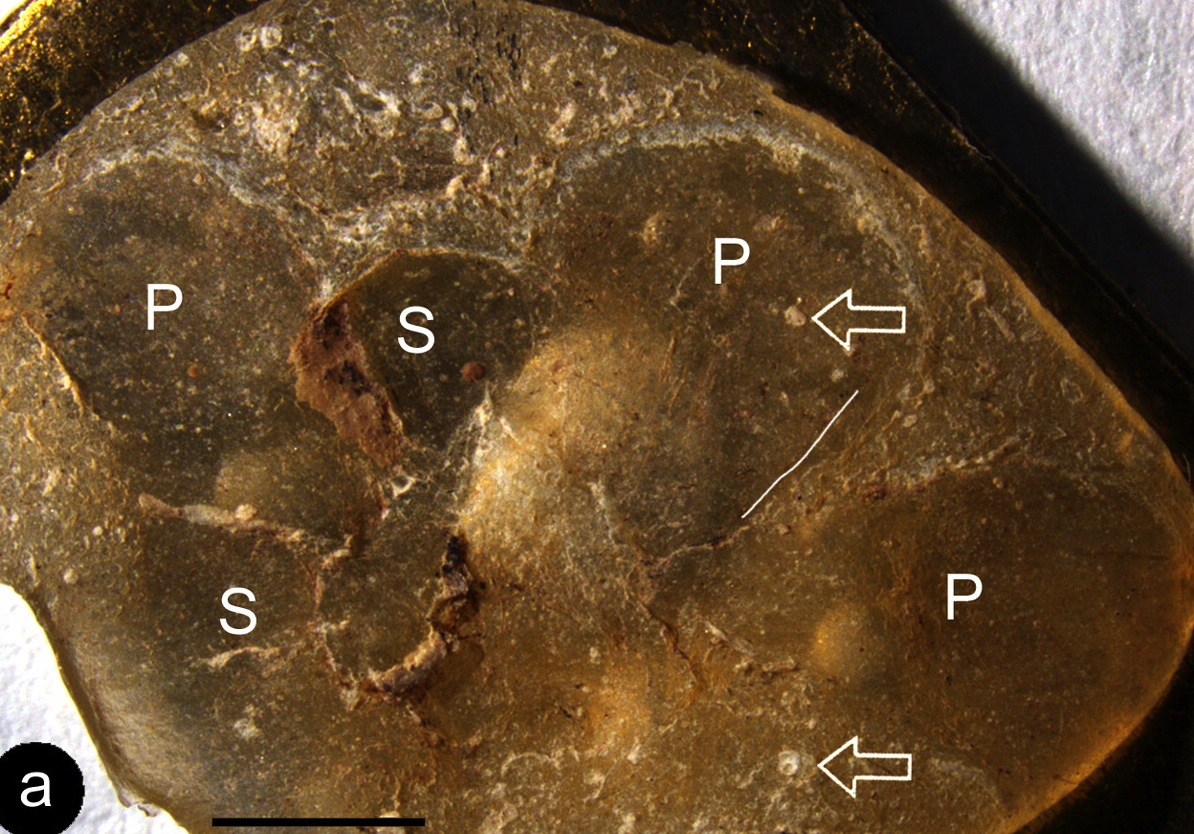Controversy Blooms Over Earliest Flower Fossil

A tiny flower pressed between layers of sandstone for more than 160 million years could be the oldest flower fossil ever found, a new study reports.
However, not everyone agrees that the fossil represents an actual flower or that it is as old as the study claims.
Like modern flowers, the fossil sports sepals and petals, the researchers said. However, its age of 162 million years puts it smack in the Jurassic period, and in the middle of a passionate debate over the origin of angiosperms, the world's most successful and diverse group of plants. Did angiosperms first bloom in the Cretaceous period, or were they around earlier, in the Jurassic period, the heyday of giant, plant-eating dinosaurs like Apatosaurus?
"People will have to rethink everything about angiosperms because of this fossil," said study co-author Xin Wang, a paleobotanist at the Nanjing Institute of Geology and Paleontology in China.
Missing branches
Much of the natural history of angiosperms, or flowering plants, seems to be missing from the fossil record. According to fossils, the first plants on land were mosses, which emerged about 425 million years ago. The ferns were next, followed by gymnosperms — a group that includes cycads, gingkoes and pine trees. Then, about 125 million years ago, angiosperms and their flowers sprang forth during the Cretaceous period, as fully formed as Aphrodite. Within 30 million years, angiosperms would dominate the Earth. [Naughty by Nature: Photos of the Most Disgusting and Deadly Flowers]
Botanists have long wondered how angiosperms and flowers could suddenly flourish without leaving any traces of their ancestry. Charles Darwin called it "an abominable mystery." Scientists also want to understand the history of this important lineage, because without flowering plants, humans wouldn't have corn or rice, or medicines like morphine.
Get the world’s most fascinating discoveries delivered straight to your inbox.
There are hints that angiosperms may have blossomed before their first fossils appear in rocks 125 million years ago. Molecular clocks based on plant DNA suggest angiosperms' origins could extend back to the Jurassic or even earlier, into the Triassic. Tiny pollen grains with angiosperm features have also been sifted out of rocks from these ancient eras. (To be classified as an angiosperm, a plant must have an enclosed, egg-producing carpel, stamens with pollen sacs and other traits.)
Because flowers are fragile and not easily preserved as fossils, perhaps the evidence of absence is simply an absence of evidence. Maybe angiosperms were the mammals of the Mesozoic — tiny and small, waiting on the sidelines to take over the world, said David Winship Taylor, a plant evolutionary biologist who is head of biology and curator of the herbarium at Indiana University Southeast in New Albany.
"My own feeling is that we're not looking correctly," said Taylor, who was not involved in the research. Taylor thinks early angiosperms were small plants, similar to flowering herbs. "I suspect that the angiosperms had tiny pollen and we're missing it," he told Live Science.
Either way, the newly reported fossil is unlikely to sway strong opinions on either side of the debate. To claim a Jurassic-age flower, researchers need to be absolutely sure of its timing, and in this case, that's impossible. The specimen was collected more than 40 years ago by Kwang Pan, a coal engineer who became a self-taught fossil expert after he was sent to the remote village of Sanjiaocheng, in China's Liaoning province, Wang said. Pan donated the fossil to the researchers.
Paleobotanists are leery of claims regarding the 'oldest flower fossil', because the field was recently burned by a misdated fossil. In 2002, other scientists reported a 144-million-year-old Archaefructus angiosperm fossil from China, which made a splashy debut on the cover of the journal Science, but the fossil was later redated to 124.6 million years old.
"This is our strongest evidence of Jurassic angiosperms that we have at this time, but it is tentative," Taylor said of the new fossil. "If this was in the Cretaceous, no one would be arguing about it, but because it's in the Jurassic, you need to have more evidence."
Rare find
Wang said that Pan carefully documented his collections, and fossils and volcanic ash found in the same rock layers confirm the flower was entombed during the Jurassic period. The fossil was named Euanthus panii; the first name is Latin for "real flower," and the second name is in honor of Pan.
"I believe that as more fossils are documented from the Jurassic or earlier times, we will develop a new picture of angiosperm evolution that is completely different than what we had for the last 100 years," Wang said.
Wang and lead author Zhong-Jian Liu, of the National Orchid Conservation Center of China, published a description of the fossil online March 16 in the journal Historical Biology.
The E. panii flower is tiny — just a half-inch wide and tall (12 by 12.7 millimeters). But it has derived traits (traits that recently appeared on the angiosperm family tree). There are male and female reproductive organs, such as sepals, anthers and a stigma with a receptive surface for pollen, the study reported. Its separate petals are arranged like those of lilies or poppies. For the botany-minded, Wang said the flower displays a unique characteristic of angiosperms: a four-part anther that contains pollen grains.
"You don't need to know much about botany. You can recognize it's a flower," Wang said.
But the details weren't convincing for several scientists Live Science contacted about the study. For instance, Patrick Herendeen, an evolutionary plant biologist and senior scientist at the Chicago Botanic Garden, said he thinks the fossil is not a flower. "I am completely unconvinced as to their interpretations of the fossil," Herendeen told Live Science in an email interview. "I do not know what the fossil is, but I certainly do not see what they are reporting."
Editor's note: This story was updated April 9 to correct when ferns first appear in the fossil record, a reference to eudicots, and the description of flower reproductive organs.
Follow Becky Oskin @beckyoskin. Follow Live Science @livescience, Facebook & Google+. Originally published on Live Science.





